- Chinese enterprises have established a new energy industry covering the entire industrial chain
- Chinese enterprises have established a new energy industry covering the entire industrial chain

Since 2018, Chinese companies have taken the Belt and Road Initiative as the main line and started large-scale overseas infrastructure construction in Southeast Asia. So far, Chinese companies have established a large number of production, R&D and sales bases in Southeast Asian countries, and invested a lot of money in the construction of new energy projects, involving hydropower, photovoltaics, wind energy and other fields, creating economic value for customers while reducing their costs. Production and operating costs. Chinese companies have won respect and praise from the governments and people of Southeast Asian countries by virtue of their superb construction technology and localized transformation.
Inject new impetus into Cambodia's economic development
ASEAN countries have abundant resources, unique geographical location and huge market demand space. With the enhancement of environmental protection awareness, the demand of ASEAN countries in the field of new energy is increasing day by day. As the world's most powerful country in hydropower technology, China has accumulated rich experience in technology, equipment, design, construction, operation and management through the rapid development of the power industry in recent years, providing reference for the accelerating power development of ASEAN.
The San River II Hydropower Station is located on the main stream of the San River in Xishan District, Stung Treng Province, Northeast Cambodia, with a total installed capacity of 400,000 kilowatts, accounting for nearly 20% of the total installed power generation capacity in Cambodia. It is a key project of China-Cambodia energy cooperation in the Belt and Road Initiative , was completed and put into operation at the end of 2018. Over the past 4 years since the completion and put into operation, the accumulated power generation has exceeded 8.1 billion kwh, injecting strong green momentum into the economic and social development of Cambodia. During the construction and operation of the Sesan II Hydropower Station, China Huaneng has trained more than 200 technical, technical and management talents for the local area, and translated technical standards such as design, installation, operation and maintenance into Khmer and English for promotion and application; For green development, a total of about 10 million yuan has been invested to build a migratory fishway imitating natural ecology, and to realize the coordinated development of resource development and environmental protection.
At the second China-Cambodia Cultural Exchange Forum, Deng Jianling, general manager of China Huaneng, said: "As one of the first large-scale energy and power groups in China to go global, the company adheres to green development and localized operation and management to help the country's economic and social development and people's livelihood. Improvement. China Huaneng will continue to deepen China-Cambodia energy cooperation in accordance with the China-Cambodia diamond six-sided cooperation framework, relying on energy and low-carbon technology innovation, and serve the joint construction of a green Belt and Road.”

The Cambodia Pusat River Hydropower Project undertaken by PowerChina is currently in full swing. The project is located in Levin County, Pursat Province, Cambodia, with a total installed capacity of 80 megawatts. PowerChina is responsible for the EPC general contracting. The project has a strong water storage capacity, which can provide a large amount of power supply for the local community in the dry season and solve the power problem in the dry season. shortage problem. The hydropower station is scheduled to be completed by the end of 2026. After completion, it can provide Cambodia with 369 million kWh of clean electricity every year. It is of great significance to the country's economic development and improvement of people's livelihood. After completion, it will also become a new tourist attraction in Pursat Province. Shwe Sai, Minister of Mines and Energy of Cambodia, was very satisfied with the on-site situation when he visited the Pusa River Hydropower Station. He fully affirmed the hard work of all parties in the project to promote the project, and especially praised Power China for its outstanding contribution to the development of Cambodia's electric power. PowerChina can be seen in almost all large-scale power station projects in Cambodia.
As one of the central enterprises with the highest degree of internationalization, PowerChina actively promotes the green construction of the Belt and Road, creating more growth points for China-Cambodia cooperation. Since entering Cambodia in 2006, PowerChina has participated in the construction of a large number of clean energy projects such as Sihanouk Hydropower Station, Kamchay Hydropower Station, Sten Vodai Hydropower Station, and Erasai Hydropower Station, which have effectively promoted local social and economic development. As of February 2023, PowerChina has won contracts for about 130 projects in Cambodia, with a cumulative contract value of more than US$5 billion. It has participated in power construction with a total installed capacity of 846 MW, exceeding 30% of Cambodia's national installed capacity. These projects not only improved Cambodia's energy structure, but also continued to inject new impetus into Cambodia's post-epidemic economic recovery.
Helping Thailand move towards a low-carbon society
On the Sirindhorn Reservoir in Ubon Ratchathani, more than 600 kilometers away from Bangkok, the capital of Thailand, seven huge blue square islands shine brightly under the sunlight. This is the largest floating photovoltaic project in Thailand jointly built by China and Thailand. Since it was put into commercial operation in October 2021, these Chinese-made panels have continuously converted sunlight into clean electricity and delivered it to thousands of households.
Relying on the Sirindhorn Dam hydropower station built in the 1970s, the newly completed floating photovoltaic and hydropower integrated energy project skillfully combines two types of renewable energy. According to reports, the feature of the project is that hydropower and photovoltaic power generation can be adjusted according to load changes. It can be powered by photovoltaic power during the day and hydropower stations at night, and can also generate power from photovoltaic and hydropower facilities at the same time, making long-term stable power generation possible.
Talking about the original intention of the project, Chachai, the assistant director general in charge of power station engineering and construction of the National Electricity Authority of Thailand, told Xinhua: "In order to cope with climate change, all countries are accelerating their progress towards carbon neutrality. Thailand also attaches great importance to the use of renewable energy for power generation, and Committed to developing low-cost, high-stability and eco-friendly green energy projects. Chachai said that the design of this integrated energy project is in line with their vision. Over the past year, the project has operated well under the condition of full-load power generation. In the future, this The pilot project will be rolled out to another 15 hydropower stations."

The Sirindhorn Dam floating photovoltaic project occupies a water area of about 121 hectares, which is equivalent to the size of 160 football fields, but only occupies about 1% of the total reservoir area. Suweta, one of the project managers in Thailand and director of the Control System Engineering Office of the Ministry of Hydropower and Renewable Energy of the Thailand Electric Power Bureau, said: "These floating photovoltaic panels do not use agricultural land and will not affect the development of local fisheries." In order to promote renewable energy Energy concept, after the completion of the project, the Electric Power Authority of Thailand will use it as a renewable energy learning center and turn it into a new tourist attraction. Through the specially built aerial landscape plank road and exhibition center, visitors can stop to enjoy the scenery of the reservoir and look at the spectacular floating solar panels.
Natamon is a resident near the reservoir, and has been in charge of the reception since the opening of the exhibition center. She said: "The popularity of this project is getting higher and higher. During the Songkran Festival, the number of tourists visiting every day is as high as 5,000 to 6,000. The influx of tourists has created more job opportunities for local people, and selling local products can be seen everywhere near the scenic spot. There are also product vendors and tourism service facilities.”
A few days ago, the Electric Power Authority of Thailand officially announced to promote the construction of the second floating photovoltaic project, which is located at the Ubon Ratchathani Dam in Khon Kaen Province in the northeast. It is reported that the new project will incorporate energy storage systems to further improve the stability of power supply. Thailand plans to achieve carbon neutrality by 2050 and net zero greenhouse gas emissions by 2065. The Thailand Electricity Authority mentioned in the latest renewable energy plan that it will increase the total power generation capacity of floating photovoltaic projects to 2,725 megawatts by 2037.
China and ASEAN have great potential for wind power cooperation
At the 26th United Nations Climate Change Conference (COP26), ASEAN countries released the "ASEAN Energy Cooperation Action Plan", which determined that by 2025, the proportion of renewable energy in the energy mix will increase to 23%, and the installed capacity of renewable energy will account for Raise the proportion of total installed capacity to the target of 35%. According to data from the ASEAN Energy Center, natural gas and coal will account for about 69% of ASEAN's newly installed energy in 2020, while the abundant renewable energy has not been effectively developed, and the proportion of newly installed energy is less than 5%. , of which wind energy accounted for only 1.36%.
PowerChina has built a large number of green power projects in Laos, Cambodia, Vietnam and other ASEAN countries, with a total capacity of more than 8,000MW, laying a solid foundation for these countries to achieve carbon neutrality goals. In 2021, PowerChina and Vietnam WTO Corporation reached a cooperation on the largest offshore wind power project in Southeast Asia so far. After the project is completed, the annual new power generation capacity will be about 1.1 billion kwh, which can meet the average annual electricity demand of 250,000 local residents. Saving about 450,000 tons of standard coal, reducing carbon dioxide emissions by about 880,000 tons, and significantly improving the power shortage situation in the local area and even in southern Vietnam as a whole, PowerChina has become the largest new energy power contractor in Vietnam.

Since Goldwind entered the ASEAN market in 2012, it has successively realized the delivery and operation of low-wind-speed wind turbine products in Thailand, Vietnam and other countries. Goldwind operates 4 wind power projects in Thailand with a total capacity of 107.5MW. The increase in the height of the tower can expand the utilization of wind energy in the vertical space, increase the power generation, and improve economic benefits. Goldwind took the lead in developing the steel flexible tower technology over 120m in China in 2012, and successfully applied it to the Thailand project located in the low wind speed and large shear area. So far, the first grid-connected project has achieved 10 years of stability In operation, the annual average utilization rate of wind farms has been higher than 99%. Dong Yinming, general manager of Goldwind Asia Regional Center, said: "As the government and society's awareness of carbon conservation and emission reduction continues to increase, and the cost of fossil energy continues to rise, relevant ASEAN countries have begun to actively adjust their energy structures. Overall, Southeast Asia is a In areas where the policy environment is relatively open and has great potential for wind power development, and where wind resources are relatively scarce, Chinese wind power companies have pioneered low-wind-speed technologies and accumulated rich experience, with strong international competitiveness.”
After more than ten years of low-wind-speed product development and iteration, Chinese companies have established a new energy industry covering the entire industrial chain and formed unique industrial advantages. Using Chinese products and Chinese technology can help Southeast Asian countries improve their ability to cope with energy shortages, and provide Local training of high-quality wind power professional and technical personnel. Against the background of global green development, Southeast Asian countries have become major players in China's energy cooperation along the Belt and Road market. In the next few years, Chinese companies will continue to work hard to develop the Southeast Asian market, provide better products and technical support for Southeast Asian countries, and become An important partner in energy cooperation among Southeast Asian countries.Editor/Ma Xue
Comment
 Praise
Praise
 Collect
Collect
 Comment
Comment
 Search
Search


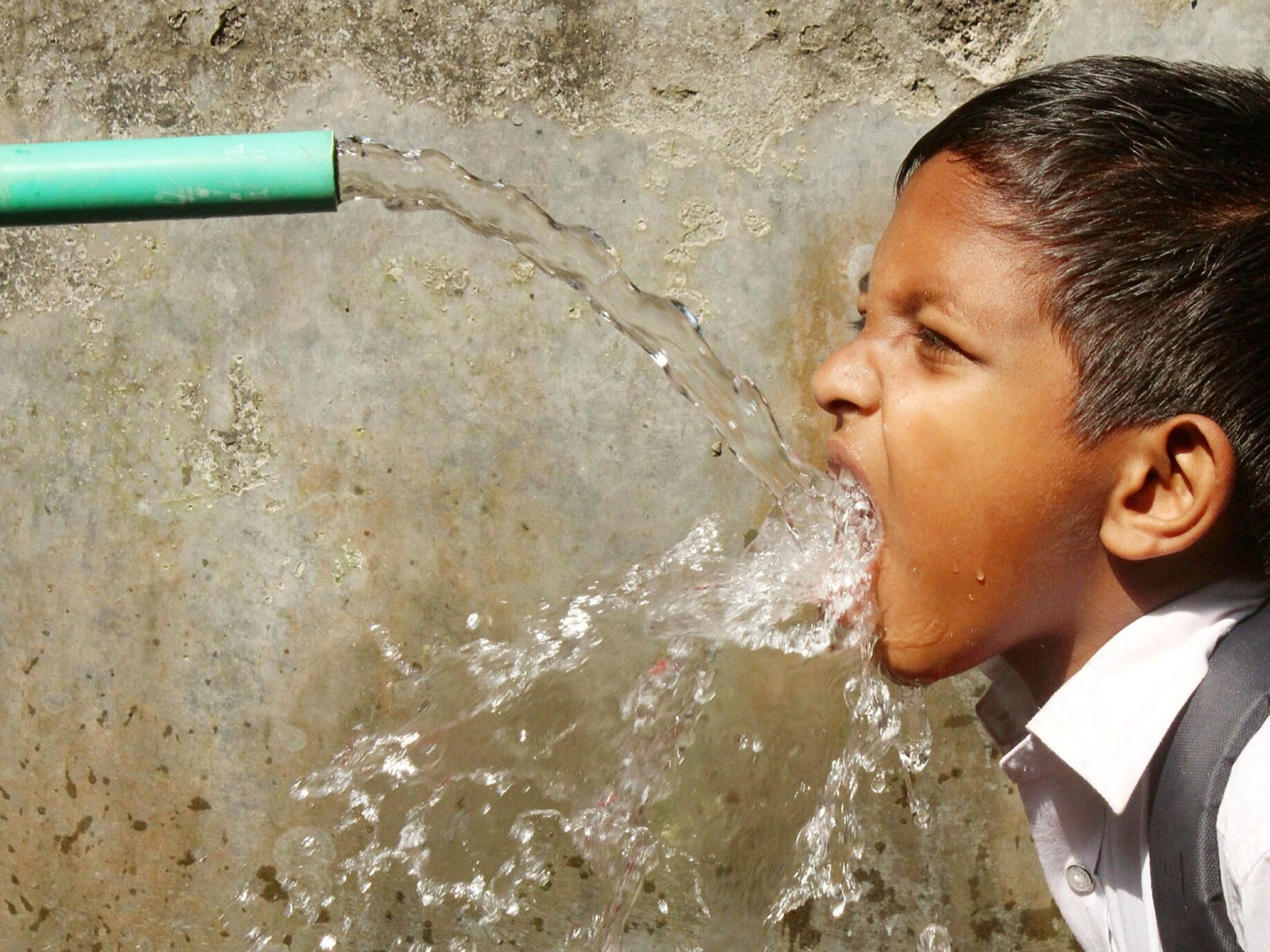
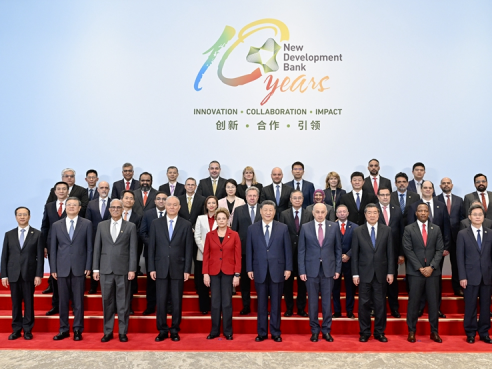
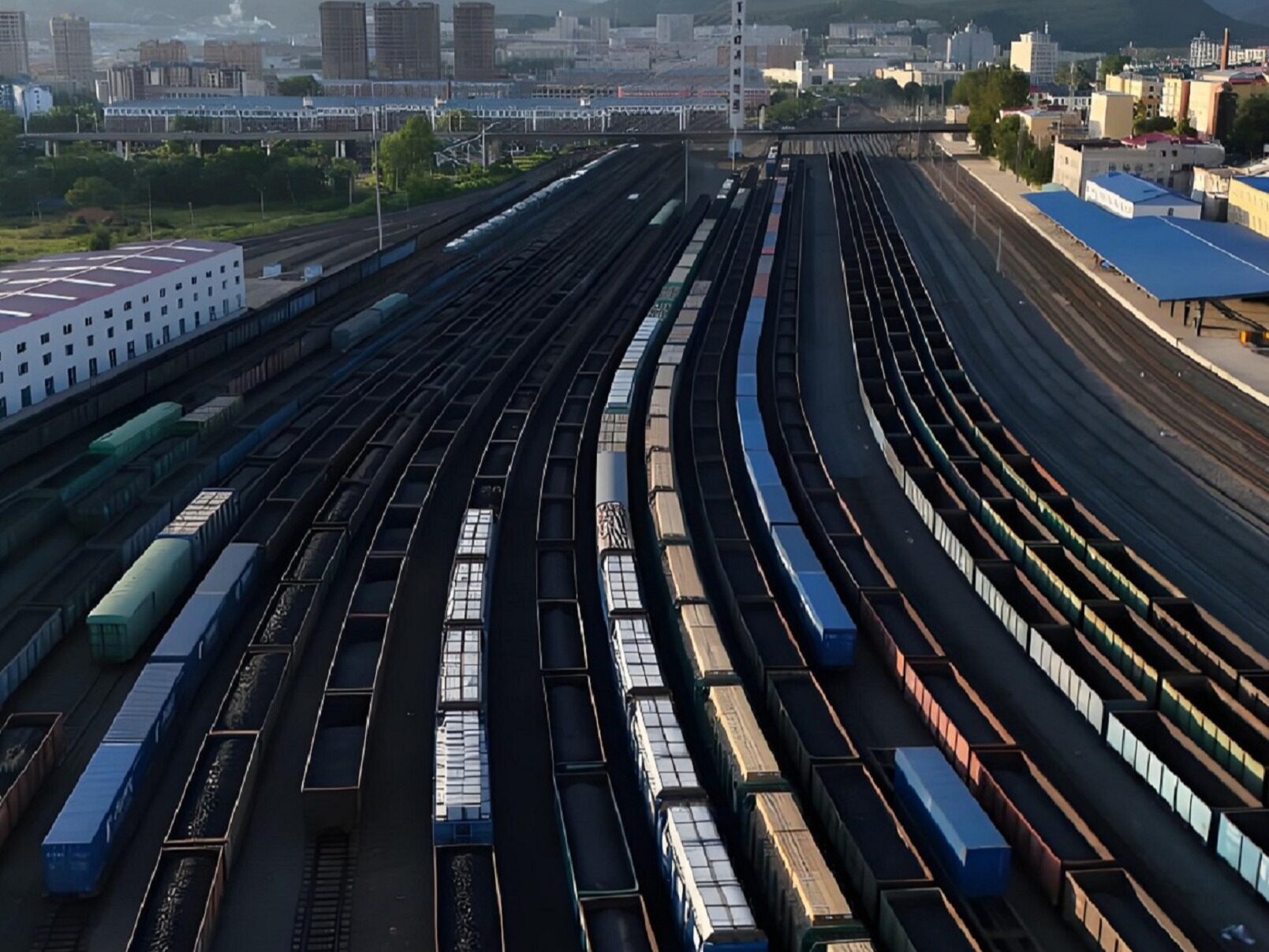
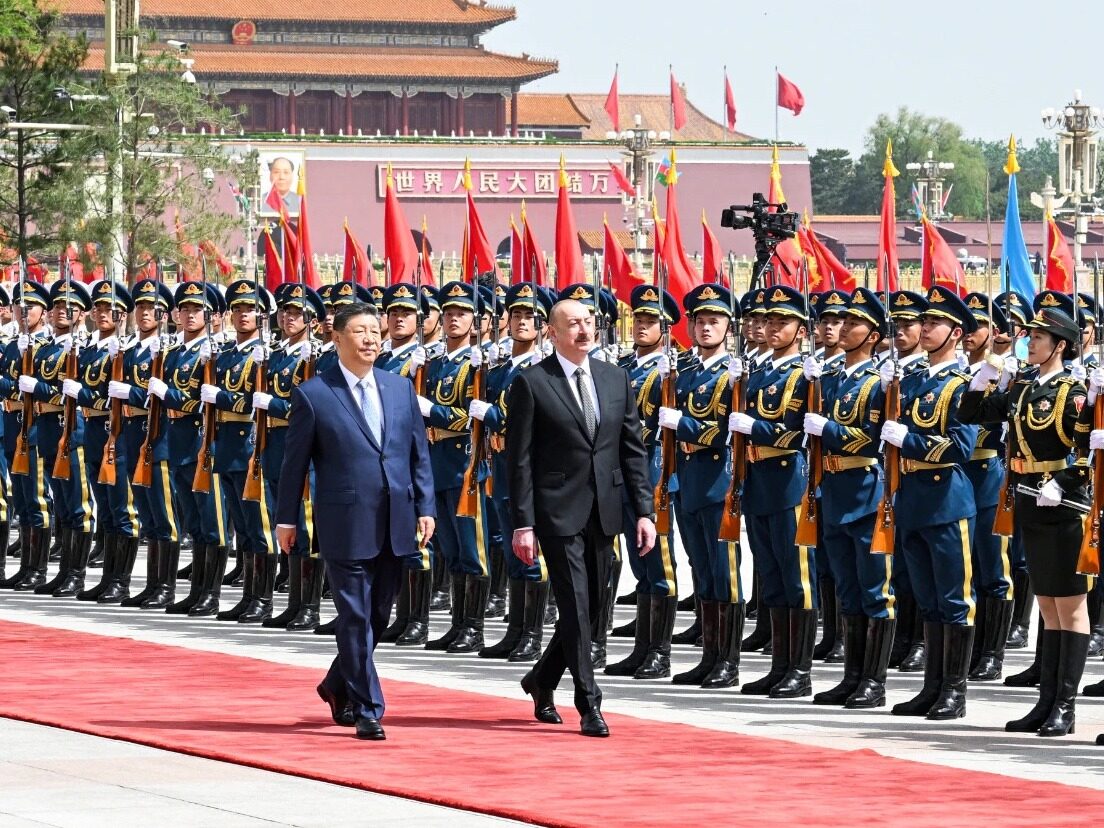
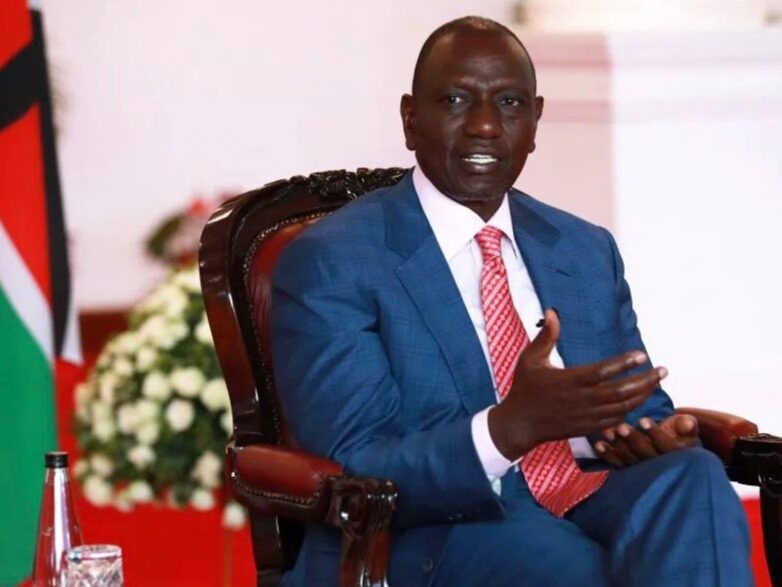
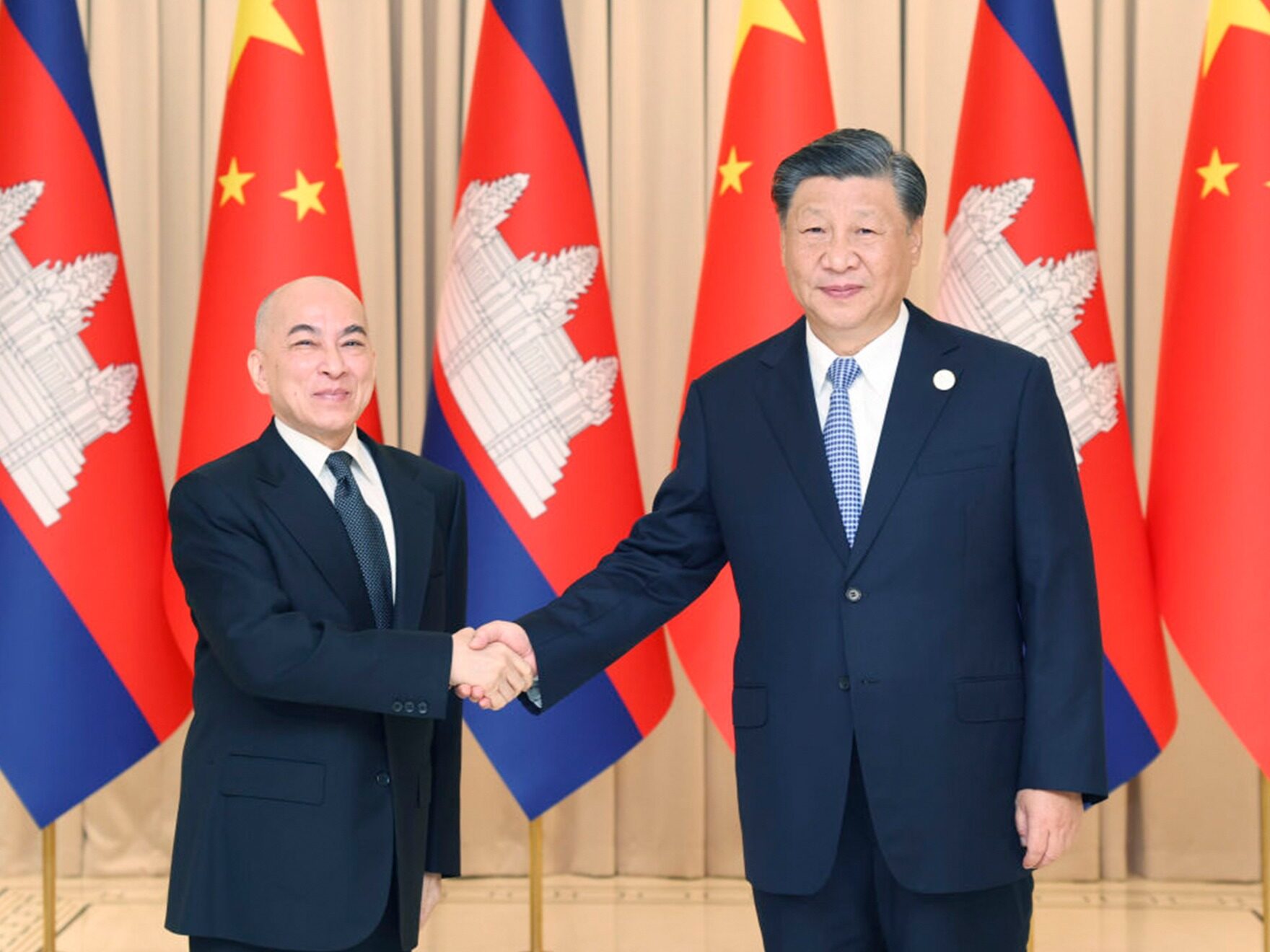






Write something~